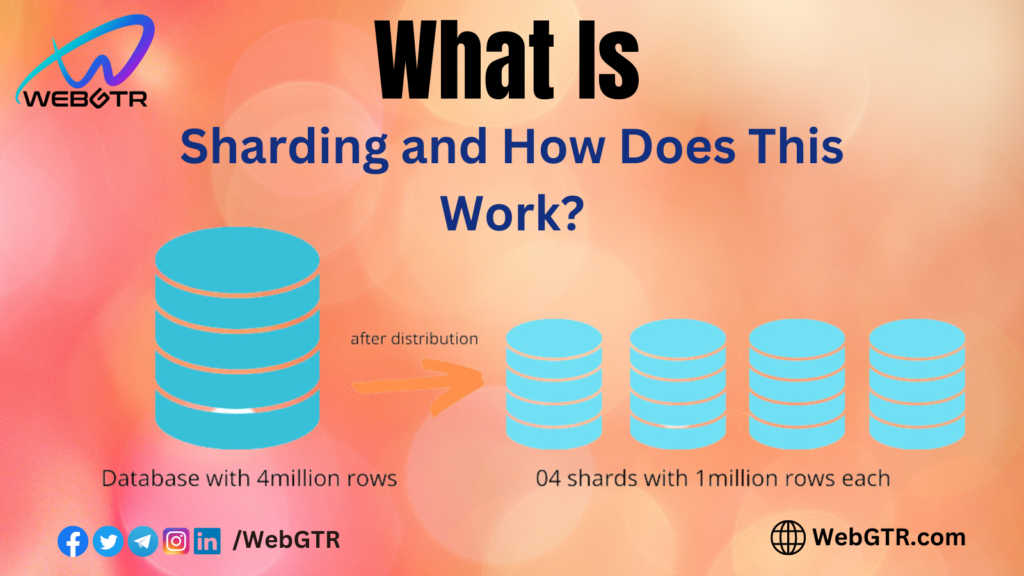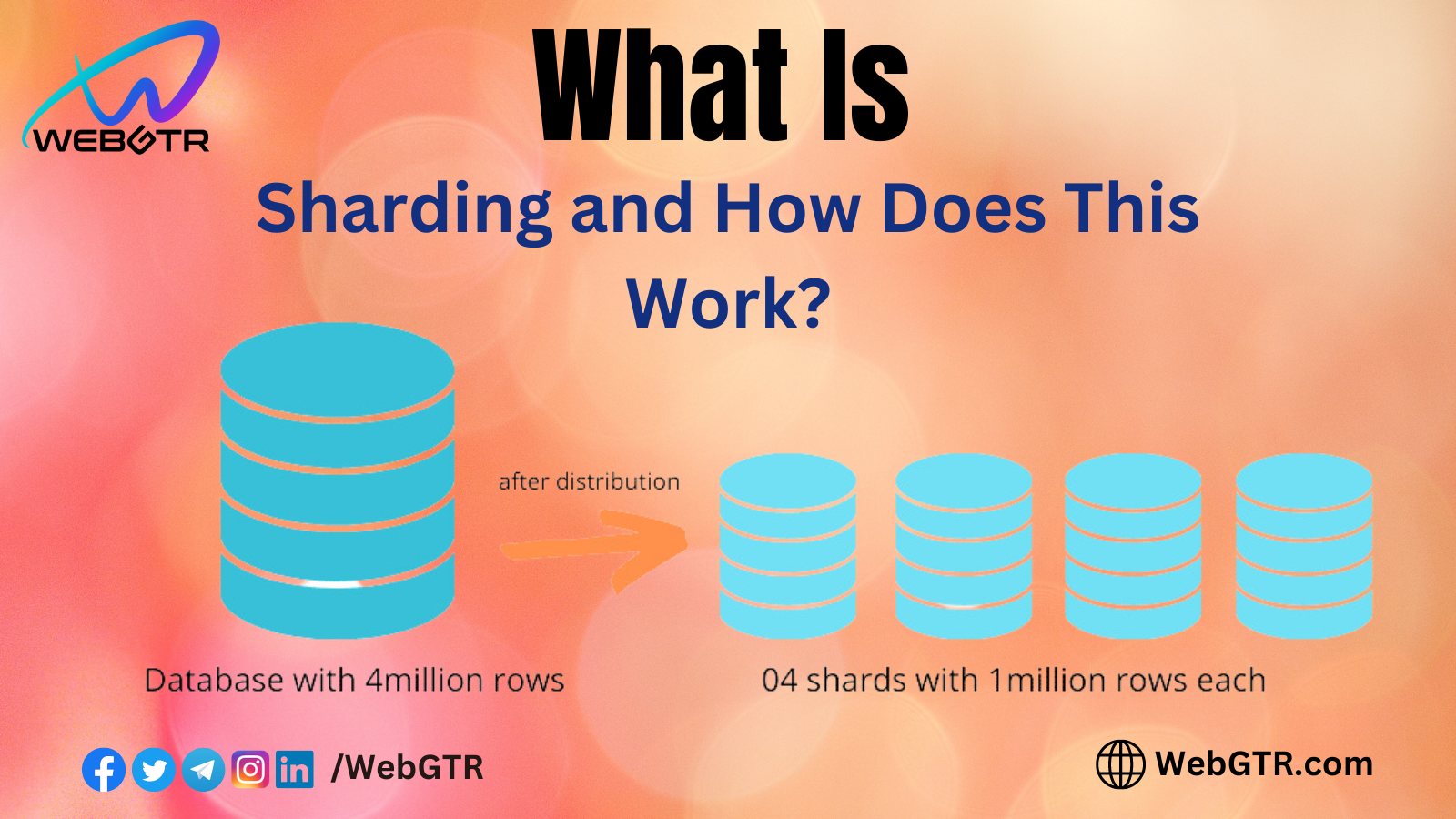
What Is Sharding
Sharding, derived from traditional database management, involves dividing a larger database into smaller, manageable parts known as shards. In the realm of blockchain, this concept is employed to enhance scalability while upholding the core tenet of decentralization. Essentially, sharding entails dividing a blockchain network into smaller units called shards, enabling concurrent processing of transactions and smart contracts.
How Does Sharding Work?
Understanding the execution of sharding within a blockchain network involves grasping the conventional storage and processing of blockchain data. Data processing can occur through various methods, with a focus on sequential and parallel processing.
In the typical scenario, each blockchain node is tasked with managing the entire transaction volume in the network, known as sequential processing. This approach requires each node to store all crucial information, such as account balances and transaction history, resulting in every node processing all network operations and transactions.
While this sequential model enhances blockchain security by recording every transaction across all nodes, it significantly hampers data processing speed. This is where parallel processing becomes crucial, allowing multiple operations to be executed concurrently.
Sharding emerges as a potent solution to this challenge by partitioning the transactional workload across the blockchain network. This means not all nodes need to handle the entire blockchain load.
Sharding achieves this through horizontal partitioning, where data is divided into subsets, and each shard functions as an independent database capable of processing transactions separately from others.
Looking for Blockchain Development, NFTs, Website Design, Token Creation, or Other services? Reach out to us at WebGTR. Let’s discuss and bring your vision to life.


Leave a Reply